Notable Imuseños
Prominent Figures of Imus
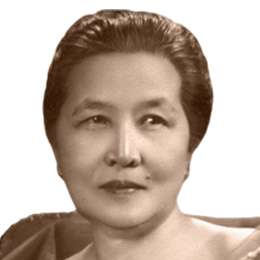
Francisca Tirona y Benitez
Arts/EducationShe founded the Philippine Women's University (PWU), one of the first colleges for women in the Philippines. She also founded women's organizations that inspired the establishment of the National Women's Commission under the Office of the President.
Helena Zoila Tirona Benitez
Education/Arts/PoliticsShe was the seventh Filipina to become the country's senator and served from 1967 to 1972. She also served as an Assemblywoman in the Batasang Pambansa from 1978 to 1986.
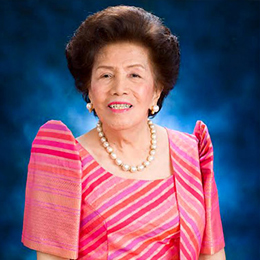
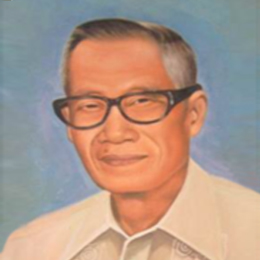
Dominador Monzon Camerino
PoliticsDuring the administration of Governor Camerino, the two-story town government building of Imus was built. In Camerino's 51 years in public service from 1928 to 1979, he served as barangay chief, Imus' mayor, and Cavite's governor.
Lydia Casama
Culinary TraditionThe "kutsinta" made by Lydia Casama are well-known and are mainly prepared and given as gifts whenever there is an occasion and is even brought to other countries.
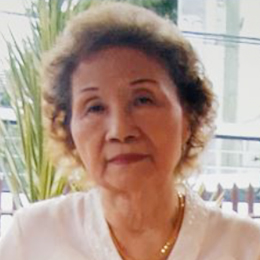
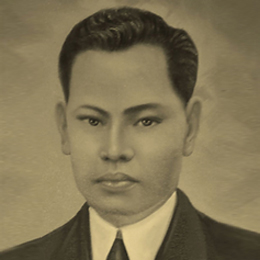
General Juan Saraza Castañeda
HistoryHe helped the Katipuneros to get weapons and war equipment. He is the founder of Pilar Lodge No. 15 of Free Masonry of the Philippines. He also helped farmers from Imus who lost their farmland.
Amado de los Santos Castrillo
Arts - Sculpture and ScreenplayHe left beautiful works of art that beautified our environment. He also left writings that were filmed, paintings, and more.
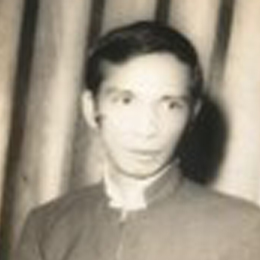
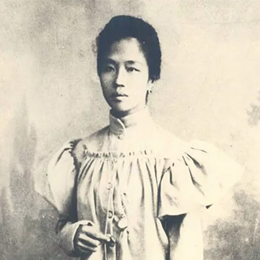
Hilaria del Rosario
History/Socio-CivicShe was instrumental in helping the wounded and sick during the rebellion against the Spanish and Americans. He was also one of the founders of Hijas de la Revolucion which became Asosacion National de La Cruz Roja or National Association of the Red Cross.
General Pantaleon Garcia
PoliticsHe became the municipal president of Imus (Municipal Mayor) from 1904 to 1905 and Justice of the Peace from 1906 to 1907. He was later appointed Superintendent of an agricultural colony in Cavite. He was one of the close and trusted generals of General Emilio Aguinaldo, who fought for the independence of the Philippines.
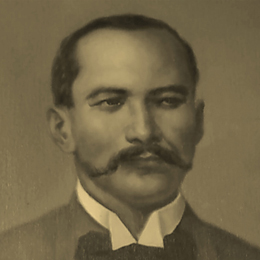
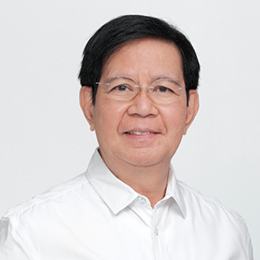
Panfilo “Ping” Morena Lacson
Military/PoliticsHe is a prominent politician and public servant who served several terms in the Senate. He is a former chief of the Philippine National Police and earned many medals while in the Service.
Dr. Hilario de Guzman Lara
Science - MedicineHe was awarded the National Scientist Award in 1985. Dr. Lara is called the Father of Modern Public Health of the Philippines.
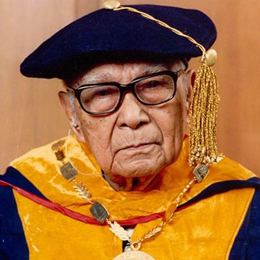

Erineo “Ayong” Saquilayan Maliksi
PoliticsHe served as a public servant for 26 years and has held many significant local and national government positions. He did many projects that helped his fellow Imuseños.
General Tomas Mascardo
History/PoliticsHe was a Commander General in the rebellion of 1896 and 1898. He was with Gen. Emilio Aguinaldo who built the Sangguniang Magdalo. He was appointed as the politico-military governor of Bataan and Zambales at the height of the Battle with the Americans.
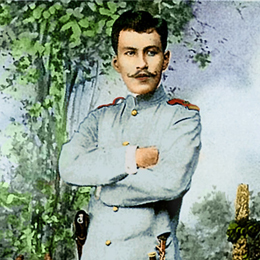

Bernardino Paredes
History/PoliticsHe was the food administrator during the Filipino-Spanish Revolution. He became president of Imus from 1894 to 1896.
Juanito R. Remulla Sr.
PoliticsHe was governor of Cavite for 16 years. He is recognized as the "Ama ng Makabagong Cavite". Under his rule as governor, he promoted the modernization, industrialization, and development of the province. Businesses, factories, jobs, banks, and many others increased.
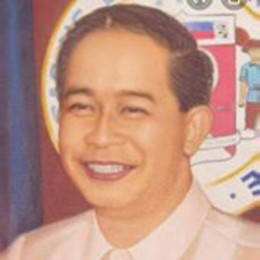
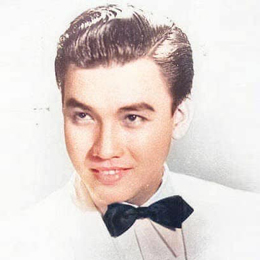
Jose Acuña Bautista (Ramon B. Revilla Sr.)
Politics/Arts - FilmHe served as a senator from 1992 to 2004. He authored several important laws such as the Public Works and Highways Infrastructure Program Act of 1995. He is one of the famous actors of his generation and is known as the King of Agimat because of his movies like Nardong Putik: Kilabot ng Kabite, Pepeng Agimat: Sa Daigdig ng Kababalaghan, and Hulihin si Tiagong Akyat. He is also a film producer, writer and director of his own production.
Teodora Bella Sapinoso
Visual Arts - Fashion DesignShe belongs to a prominent family in Imus. She was the leading milliner of her time in Imus. She contributed a lot to Cavite fashion because of her classic and simple designs that are still considered iconic and never go out of style. Apart from that, she is also famous for her suits and butterfly sleeves which are said to be difficult to make.

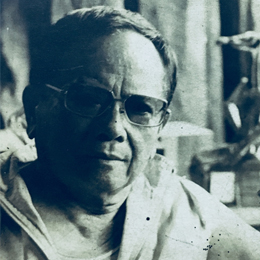
Solomon Saprid
Visual Arts - Painting and SculptureHe contributed a lot to the field of Filipino art and culture. He is one of the pillars of modern art because of his mastery of using bronze in his sculptures such as the Tikbalang Series. One of Saprid's sculptures is the Gomburza.
Leonardo “Adong” Salvador Sarao
Crafts – Automotive DesignHe modified the design of the surplus army type jeep left in the Philippines after the Second World War and extended it to make it longer, so that more people could ride and be loaded. Through the business founded by Leonardo Sarao, he was able to provide employment to many people. In addition, his jeepney product has been a stable family business in the past. Leonardo Sarao was recognized as the leader or pioneer in making the jeepney as a form of mass transportation.

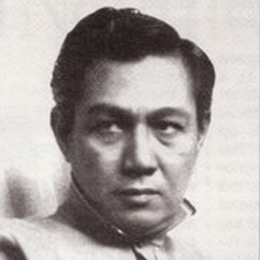
Simon Saulog
Visual Arts - PaintingHe contributed a lot to the field of art in the Philippines as a great painter known for his anecdote painting and as a generous advisor and mentor to budding artists especially in Imus, where he was born. He was one of the founders of the Academy of Filipino Artists, Galeriyang Pansining sa Manila, and the socio-civic club Malayan Sining. Although not well known in Cavite, Saulog was loved by artists and was recognized by the town government of Imus in 1983 and the Malayan Sining group through an exhibition at the De La Salle Museum of De La Salle University Dasmariñas, Cavite last October 19 to December 10, 2016. This is an excellent start to meet Saulog, or Tata Simon, of the new Imuseño generation and be inspired by the artistic Imuseños.
Coronel Jose S. Tagle
History/PoliticsHe was a municipal captain of Imus during the Filipino-Spanish Uprising. He was with General Aguinaldo, who won the Battle of Imus on September 3, 1896.
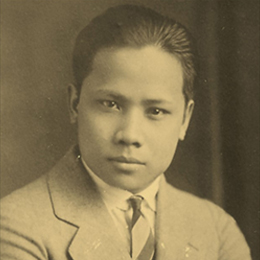

Cardinal Luis Antonio Gokim Tagle
ReligionHe is the Pope's representative from the Vatican, Rome. He further strengthened the faith of Roman Catholics around the world. He has been recorded as the first cardinal from the Province of Cavite and the second Filipino appointed to the highest position in the Vatican. Cardinal Tagle was set at the Vatican as Prefect of the Congregation for the Evangelization of Peoples in December 2019, Cardinal Bishop in May 2020, and member of the Pontifical Council for Inter-religious Dialogue in July 2020.
Cayetano Topacio
History/PoliticsHe was the Ministro de Hacienda (Secretary of Finance) of the government of General Emilio Aguinaldo. He also held the positions of Cabeza de Barangay, Directorcillo ng Tribunal or Municipal Secretary, Capitan Municipal (equivalent to the Mayor), and Justice of the Peace in the town of Imus, and the president of Imus from 1880 to 1892.

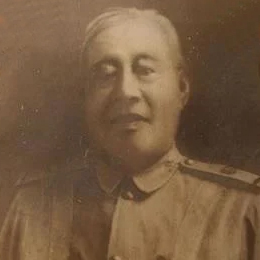
Heneral Gicerio Cuenca Topacio
History/PoliticsGeneral Licerio Topacio was one of the first mayors of Imus and the oldest general of the Revolutionary Government. He refused the offer to become the president of the Revolutionary Government because he would rather have General Emilio Aguinaldo as president, who was younger and could do more.
Jose Ramirez Velasco
Science - Agriculture Chemistry and Plant PhysiologyHe discovered the following-- photoperiodism of rice and how to eliminate photoperiodism in it, physiology of the coconut tree and the cause of the Cadang-cadang disease. In 2005, he recorded and translated into English from the Spanish language the Minutes of the Meetings of the Imus Municipal Council for the years 1917-1921. He also wrote Towards a History of Imus, December 1994, which recorded the history of the Sanggunian ng Imus.
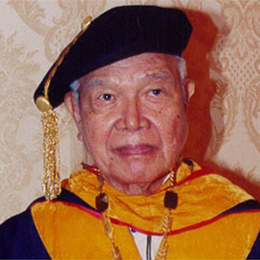
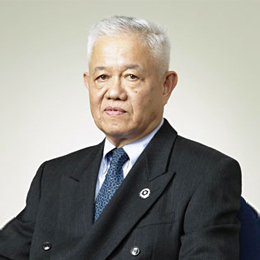
Cesar E.A. Virata
Economics/GovernanceHe was the former Prime Minister of the Marcos government from 1981 to 1986. He also represented the Philippines in the Development Committee of the World Bank and the International Monetary Fund.
Leonides Sarao Virata
EconomicsHe was appointed Secretary of the Department of Commerce and Industry from 1969 to 1970 and Chairman of the Development Bank of the Philippines from 1970 until he died in 1976.
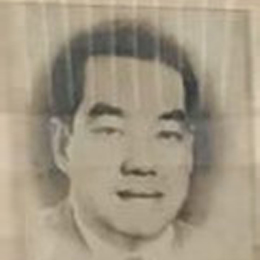

General Flaviano Yengko
HistoryHe was a Brigadier General during the Filipino-Spanish Rebellion. He was involved in the Battle of Salitran in 1897.
Thirteen Martyrs of Imus
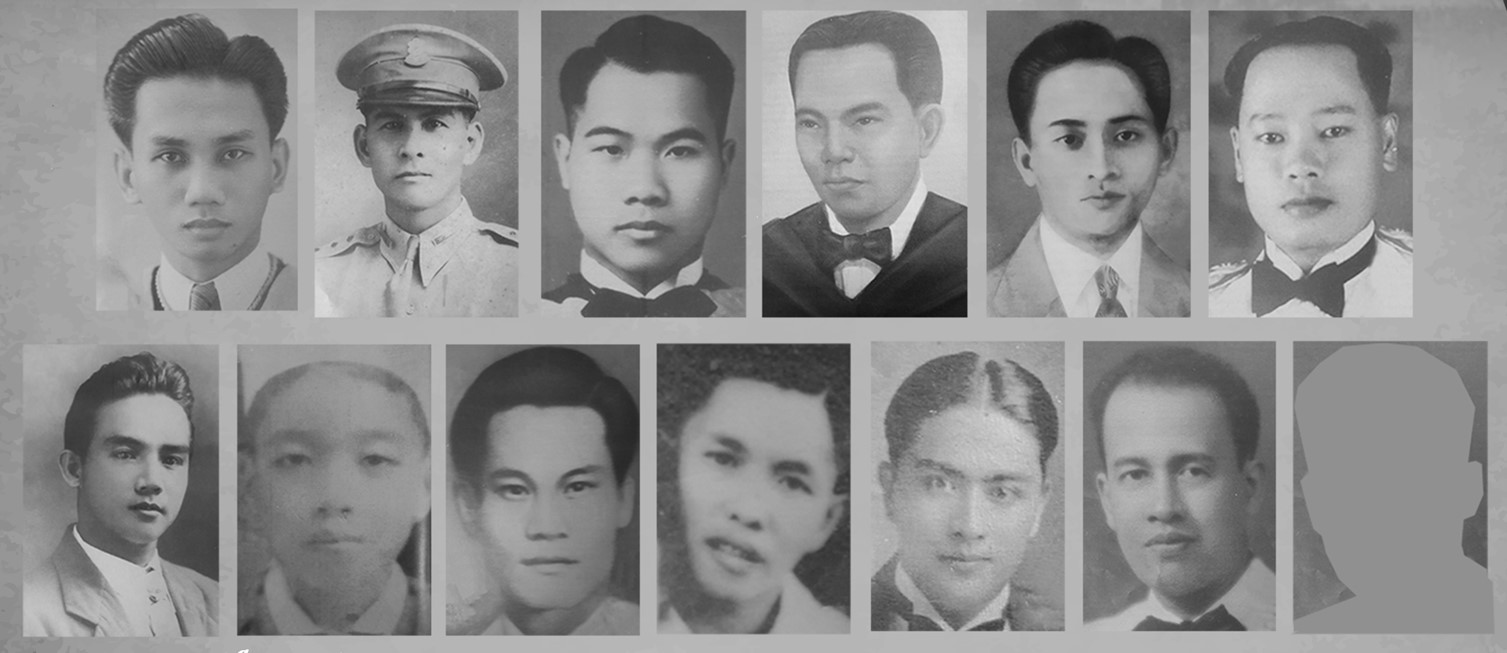
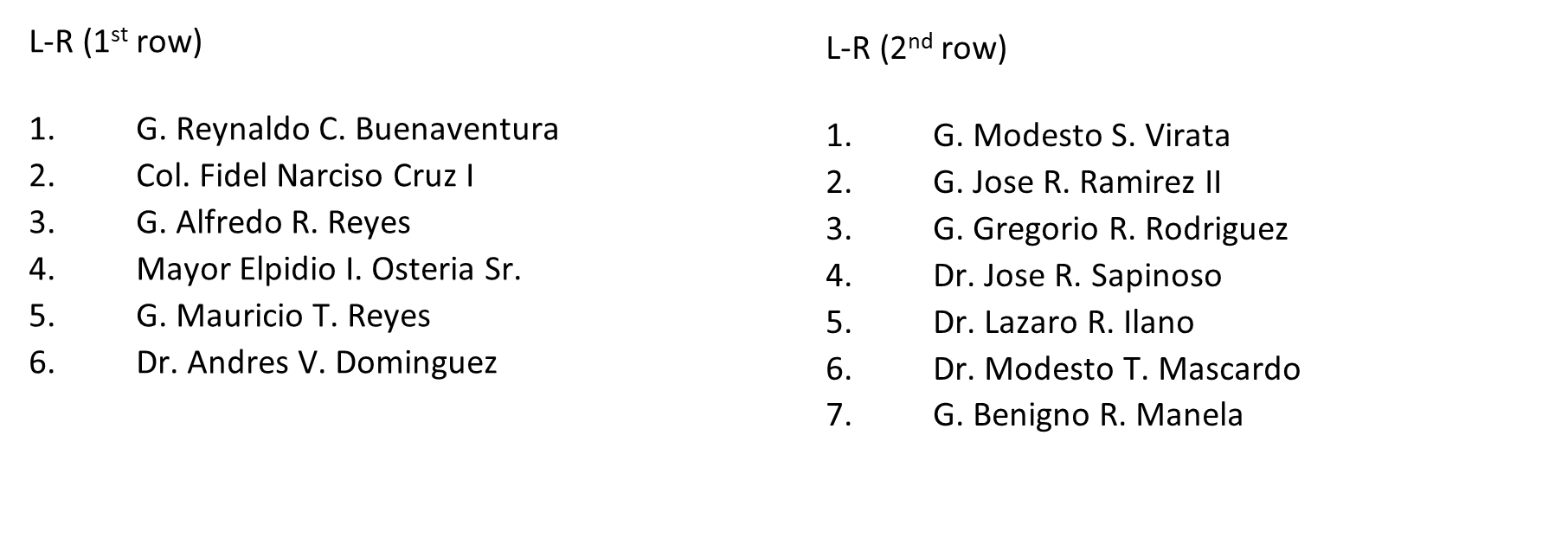
Imus War Veterans

Directory of Imuseño Artists and Art Professionals
Architecture, Design and Allied Arts

Angela Crisostomo

Jahnelle G. de Jose

Michael Tabaranza Gutierrez

Erick John Saul

Keithleen Papa Cubillo
Dance

Genesis N. Cristobal

Enrique D. Sabuco Jr

John Philip Balang Bughaw

Justine S. Alarcio

Rey Marlon Dacallos Sabuco
Literature

Ronnel Kien M. Bermas
Film and Broadcast Arts

Bryan Kristoffer J. Brazil

Joboy Raguin
Music

Andrew Constantino
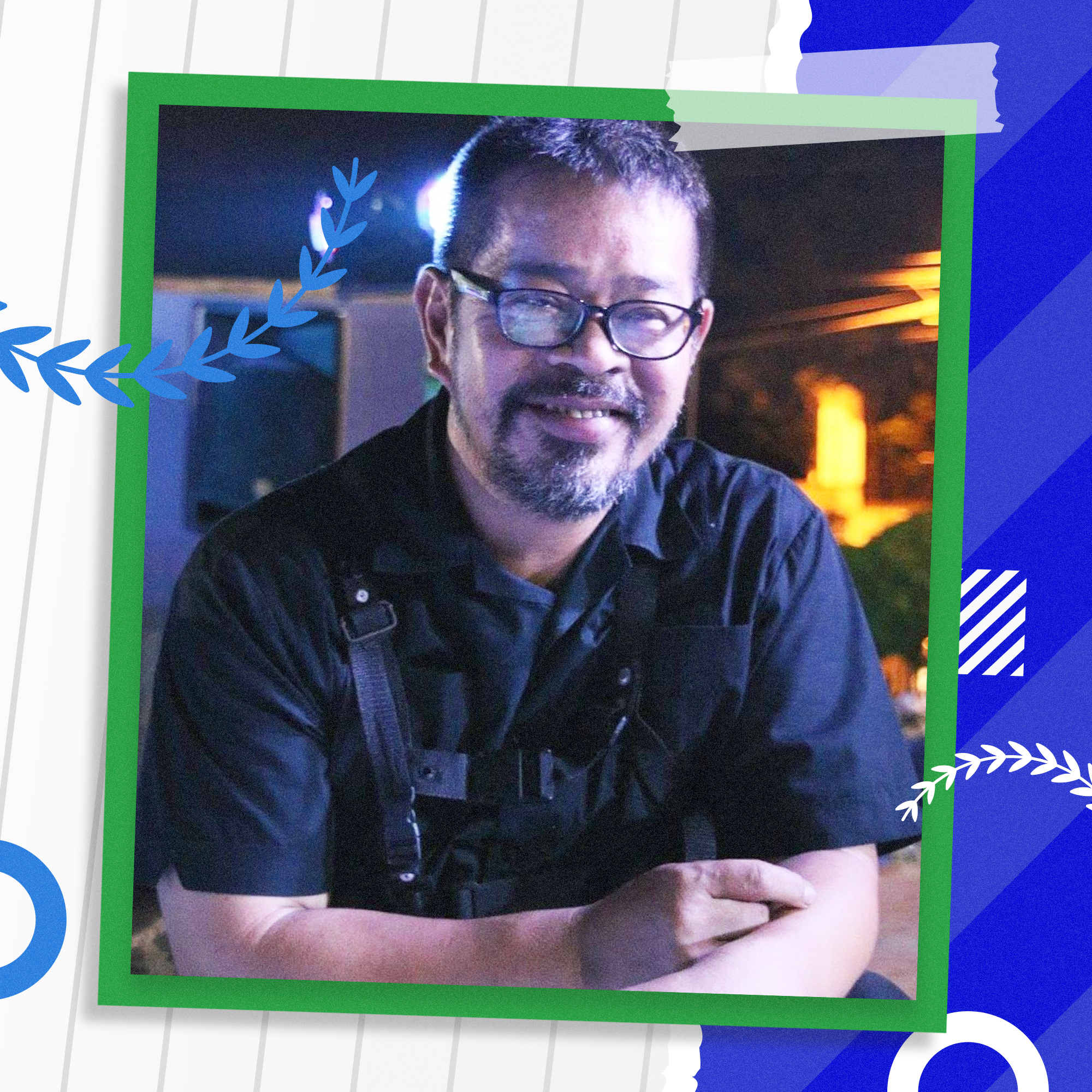
Ariel S. Constantino

Rico J. del Rosario

Mark Anthony Lavapie

Ralph Carlo Monakil

Ryan Hanzel Monakil

Ana Marie S. Topacio

Kimberly Rajj
Theater
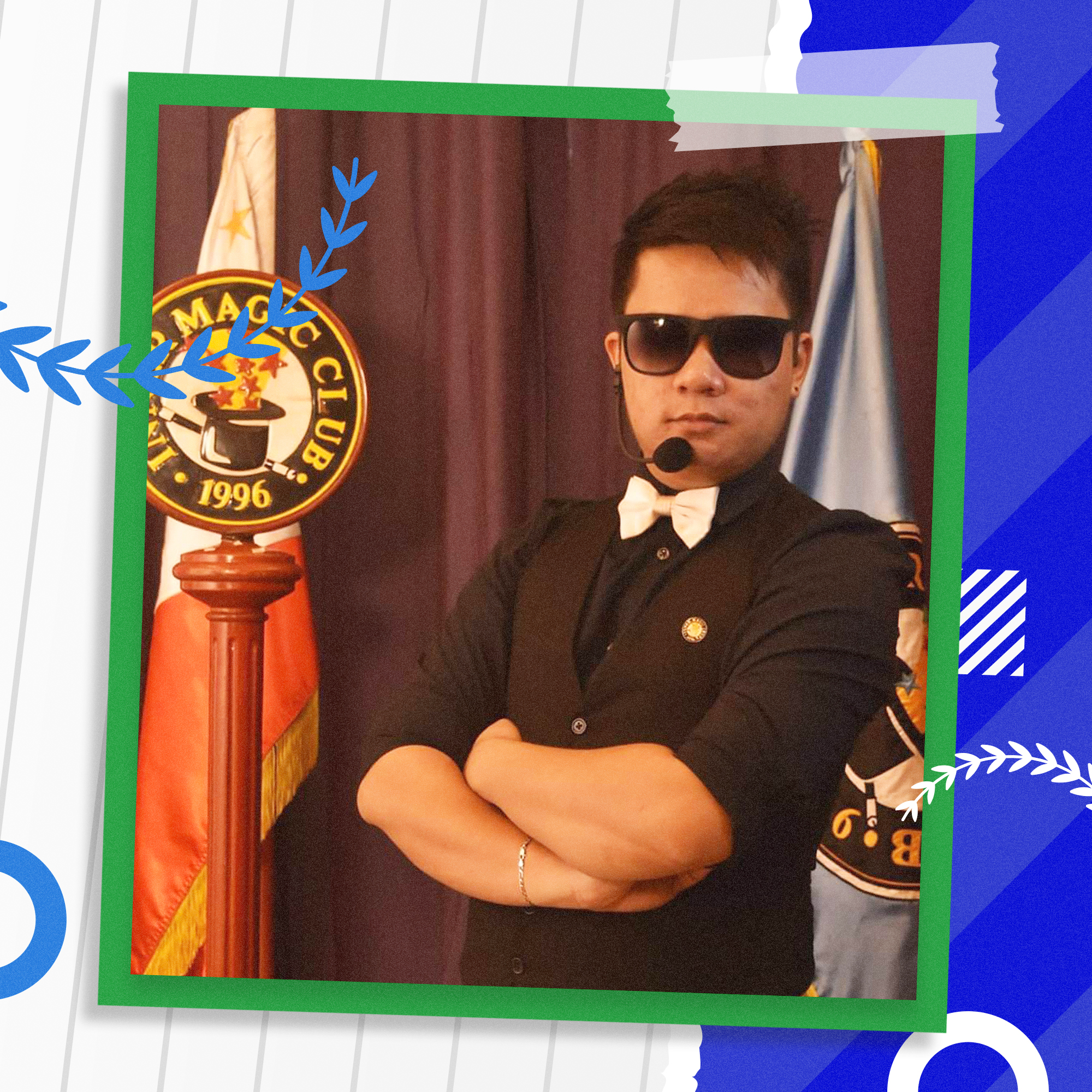
James Cuevas

Dwight Angelo Vito Cruz
Visual Arts

Rosauro Abihay

Rafaela Janna Babaran
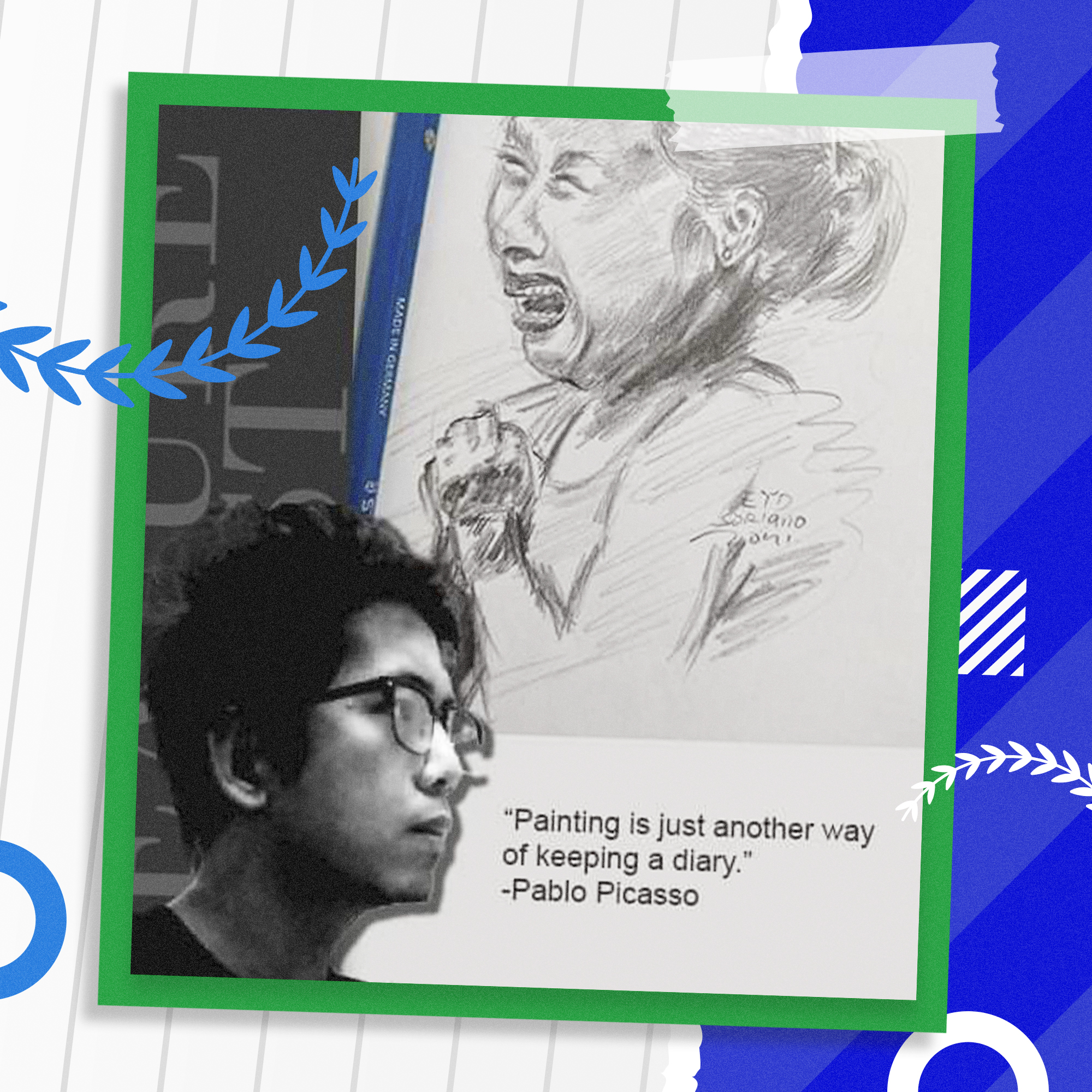
Adrian Bernabe
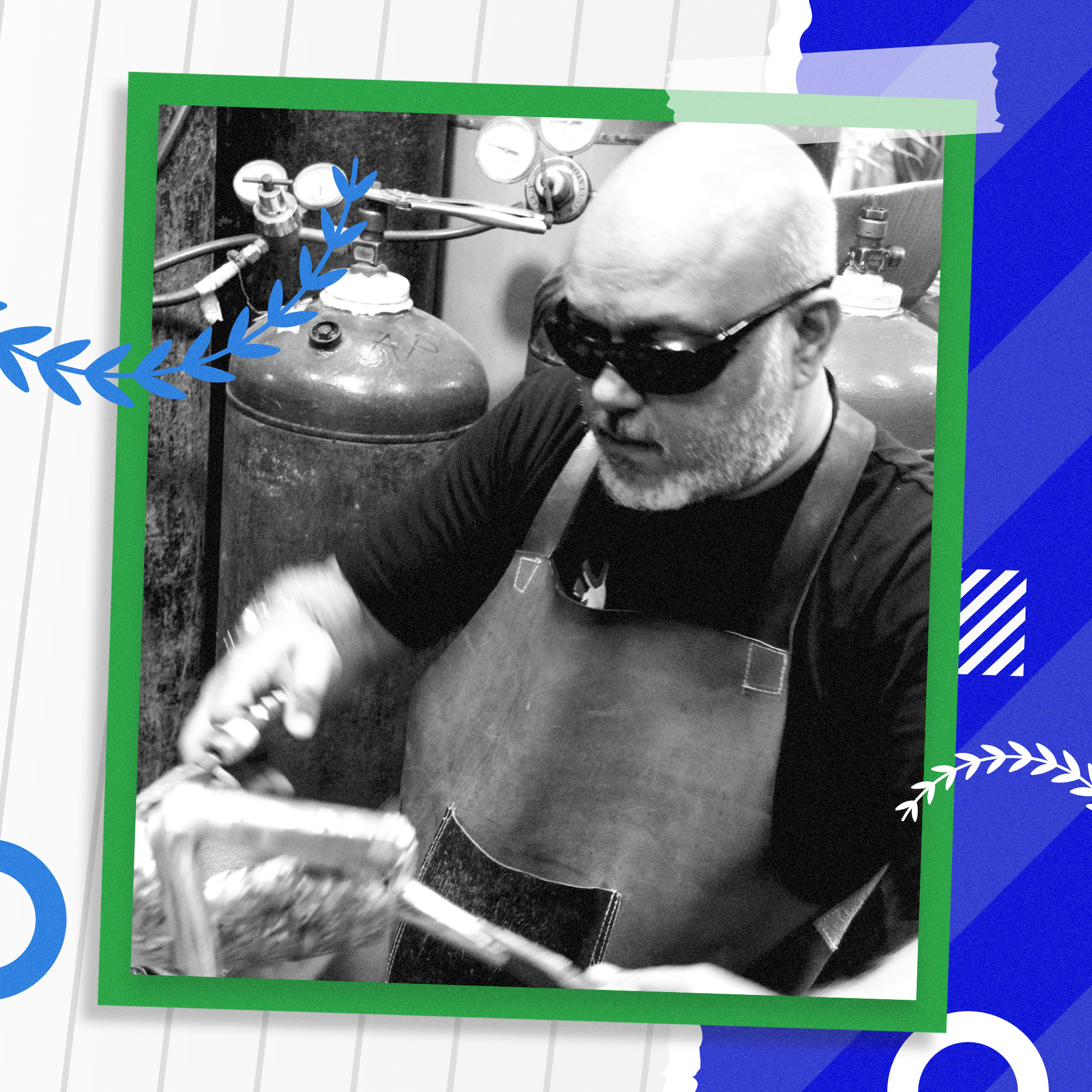
Richard Buxani

Dustin Carbonera

Rankin Elcid Cruz

James Frani Dayrit

Ulysses F. Dimdam

John McRay A. Haplasca

Aldwin Gerald Ignacio

Jeffrey Jay Jarin

Jenelle Capati

Nicho Laspoña

Elijah Maggay
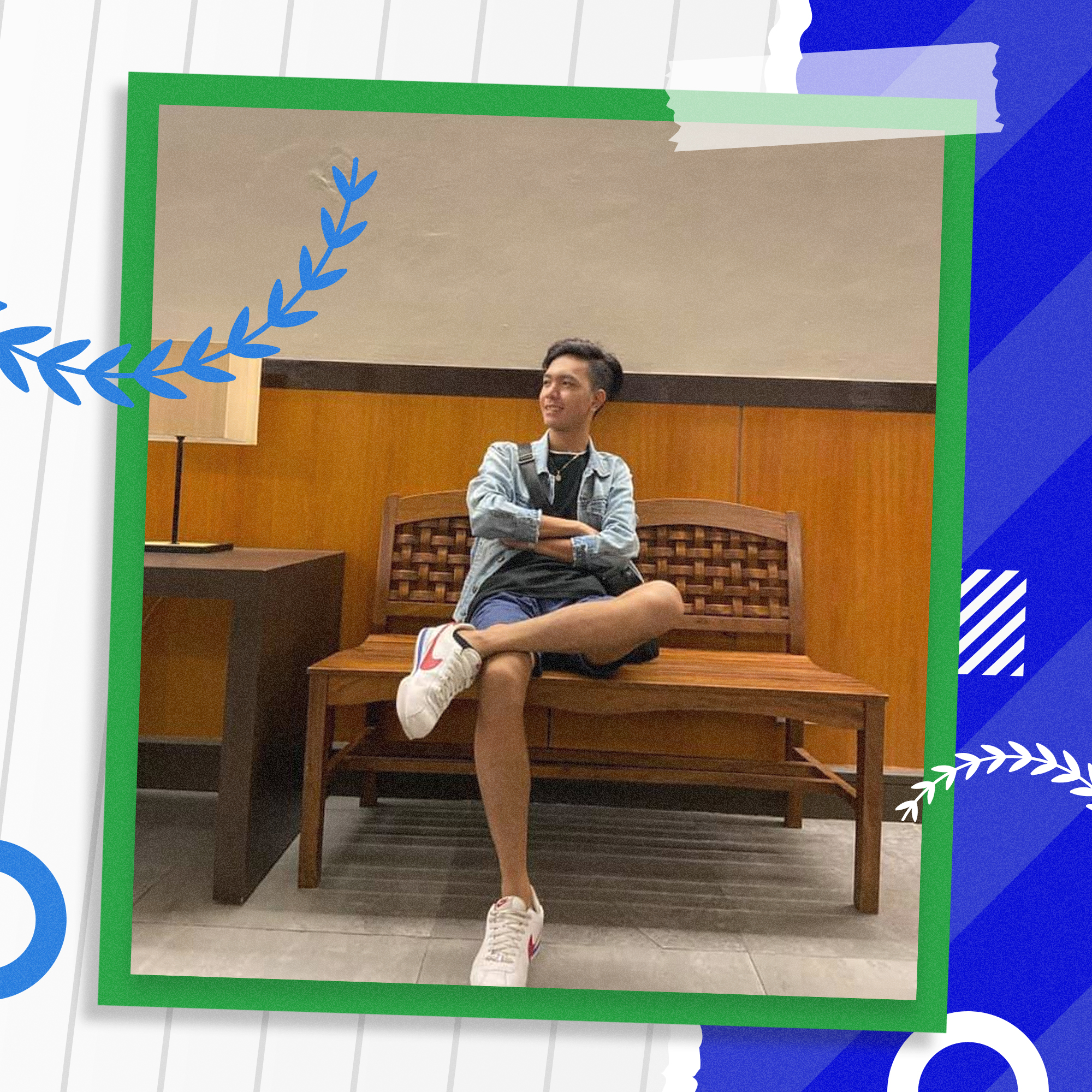
Harold Morota

Ian Gerbie Param

Jedric Paredes

Dereck Peña

Luisito Reformado

Queen Yedda Mari Santos

Janina Saprid

Dennis John L. Bautista
Multidiscipline

Richard A. Camama

Joemarie Saria

Erick John Saul

Jeffrey Tabason
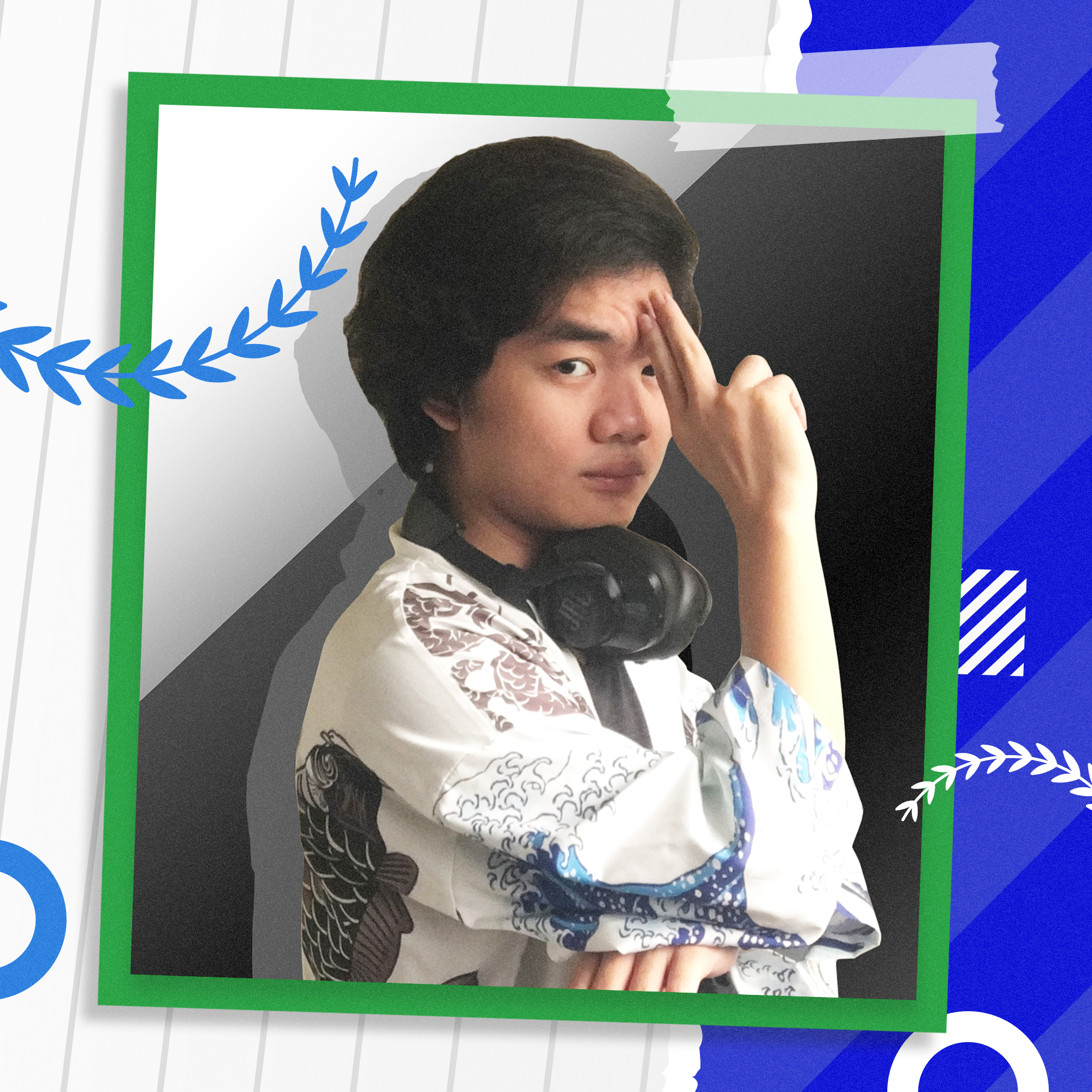
Janmel L. Usman
